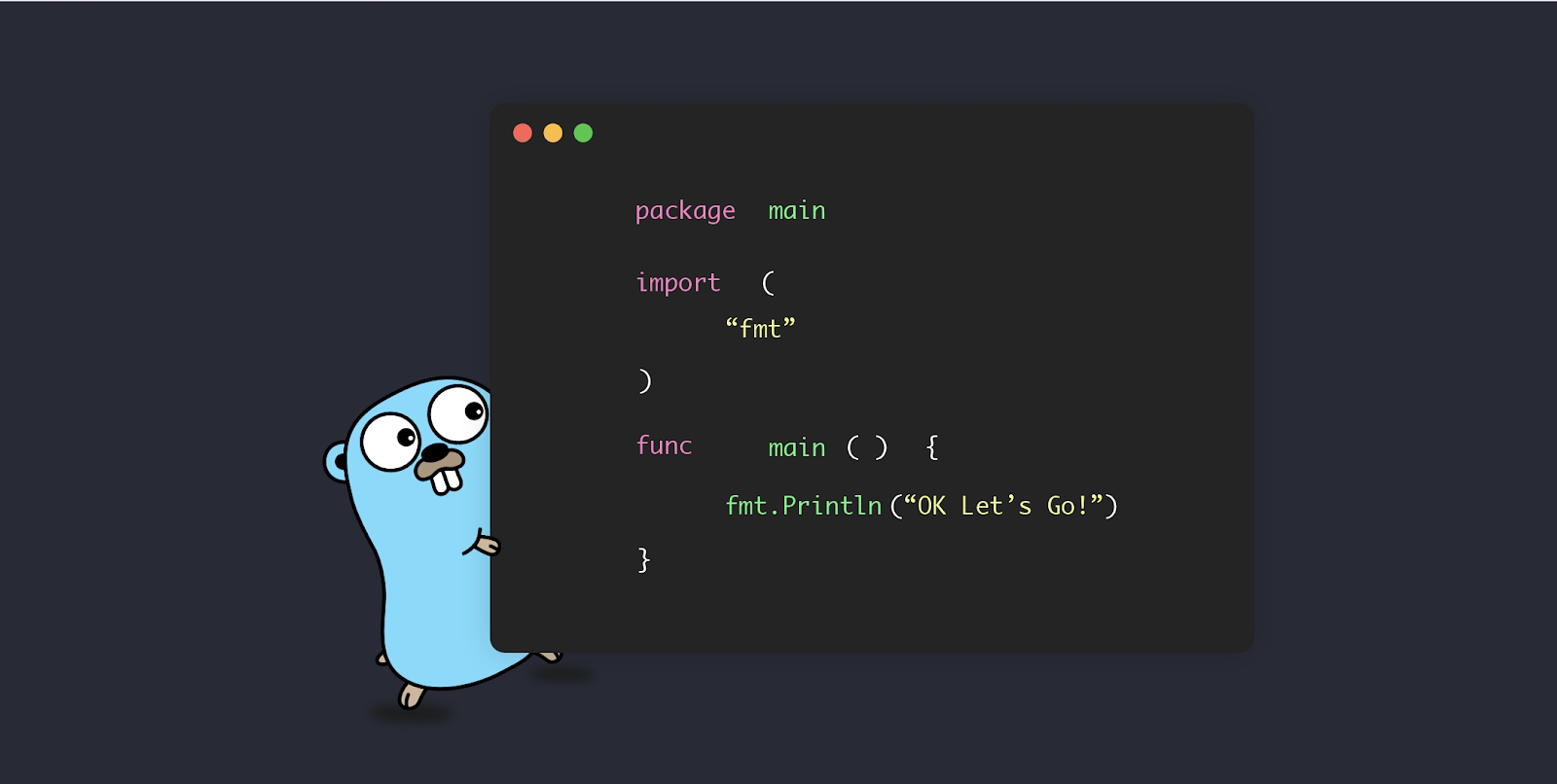Understanding Golang Structures and Pointers: A Comprehensive Guide with Examples
Structures and pointers are fundamental concepts in Golang that allow developers to create complex data types and manage memory efficiently. In this blog post, we'll delve into the world of Golang structures and pointers, exploring their syntax, usage, and practical examples to help you master these concepts.
1. Understanding Structures in Golang:
Structures, also known as structs, allow developers to create custom data types by combining different fields of various data types into a single unit. They are particularly useful for organizing and representing related data.
Example:
```go
package main
import "fmt"
// Define a struct type
type Person struct {
Name string
Age int
}
func main() {
// Create a new instance of Person struct
person1 := Person{Name: "Alice", Age: 30}
// Access struct fields
fmt.Println("Name:", person1.Name)
fmt.Println("Age:", person1.Age)
}
```
2. Working with Pointers in Golang:
Pointers are variables that store memory addresses, allowing direct manipulation of memory. They are commonly used to achieve pass-by-reference semantics in function calls and to optimize memory usage.
Example:
```go
package main
import "fmt"
func main() {
// Declare a variable and assign a value
var num int = 42
// Declare a pointer variable and assign the memory address of num
var ptr *int = &num
// Print the value and memory address of num
fmt.Println("Value of num:", num)
fmt.Println("Memory address of num:", &num)
// Print the value and memory address stored in the pointer
fmt.Println("Value stored in pointer:", *ptr)
fmt.Println("Memory address stored in pointer:", ptr)
}
```
3. Practical Example: Using Pointers with Structures:
Combining structures and pointers allows for more efficient memory management and facilitates the manipulation of complex data structures.
Example:
```go
package main
import "fmt"
// Define a struct type
type Employee struct {
ID int
Name string
}
// Function to update employee name using pointer
func updateName(emp *Employee, newName string) {
emp.Name = newName
}
func main() {
// Create a new instance of Employee struct
employee := Employee{ID: 101, Name: "Alice"}
// Print initial employee details
fmt.Println("Initial Employee Details:", employee)
// Update employee name using pointer
updateName(&employee, "Bob")
// Print updated employee details
fmt.Println("Updated Employee Details:", employee)
}
```
Conclusion:
Structures and pointers are powerful features in Golang that enable developers to create complex data types and efficiently manage memory. By understanding how structures and pointers work and practicing with examples, you'll be better equipped to write clean, efficient, and maintainable code in Go. Experiment with the code examples provided and explore further to deepen your understanding. Happy coding!


Comments
Post a Comment